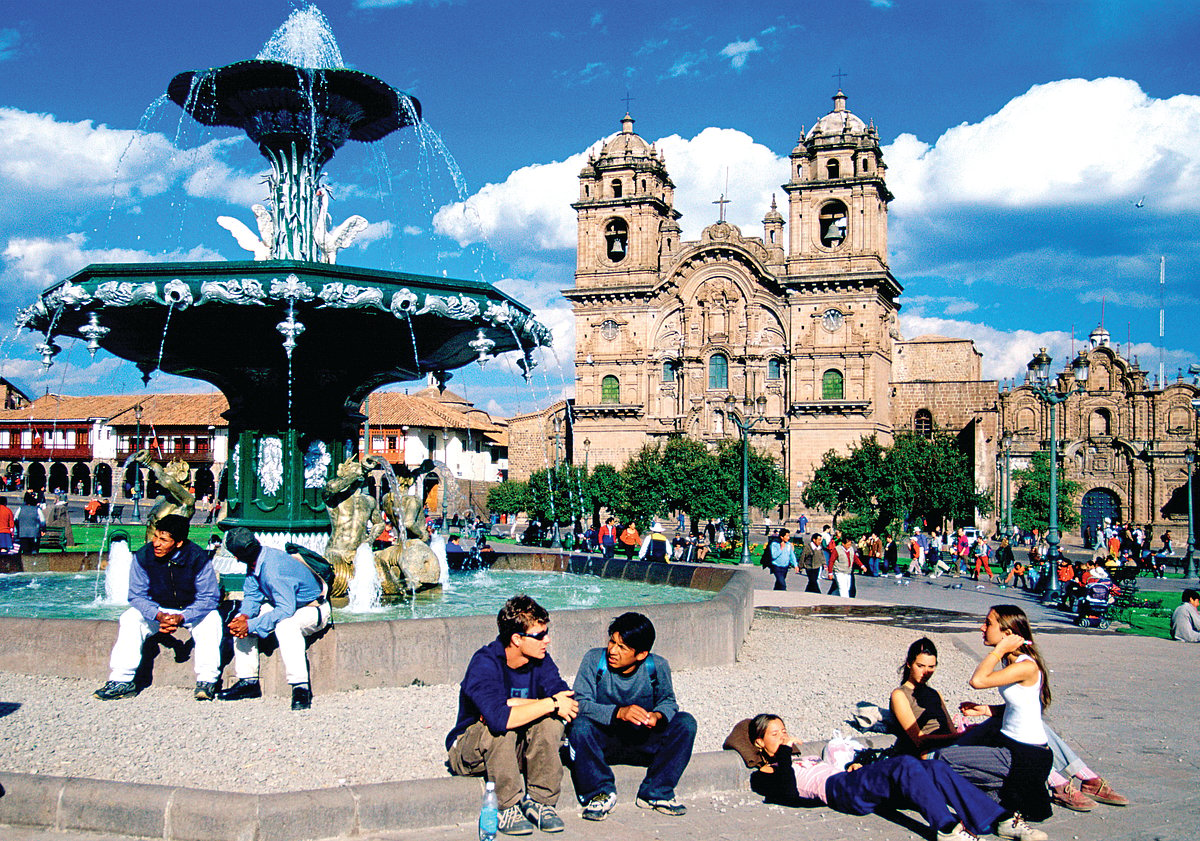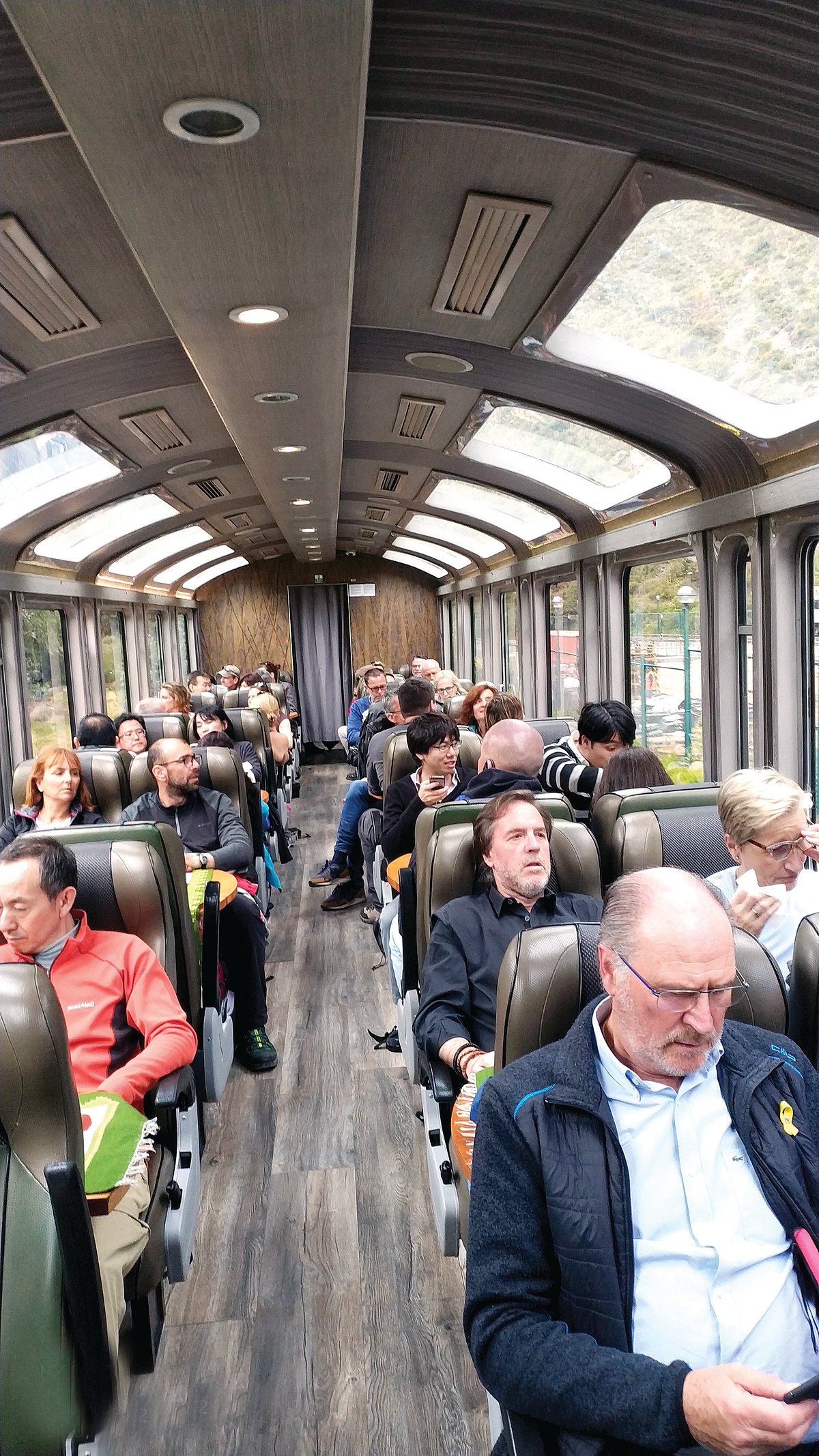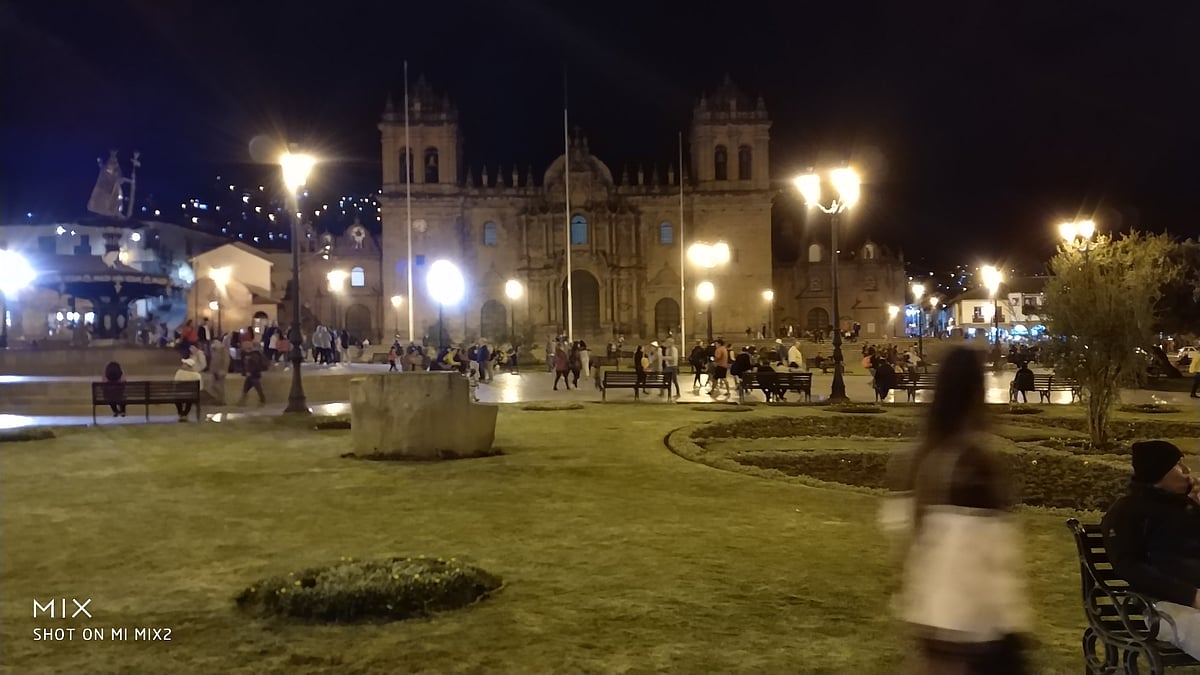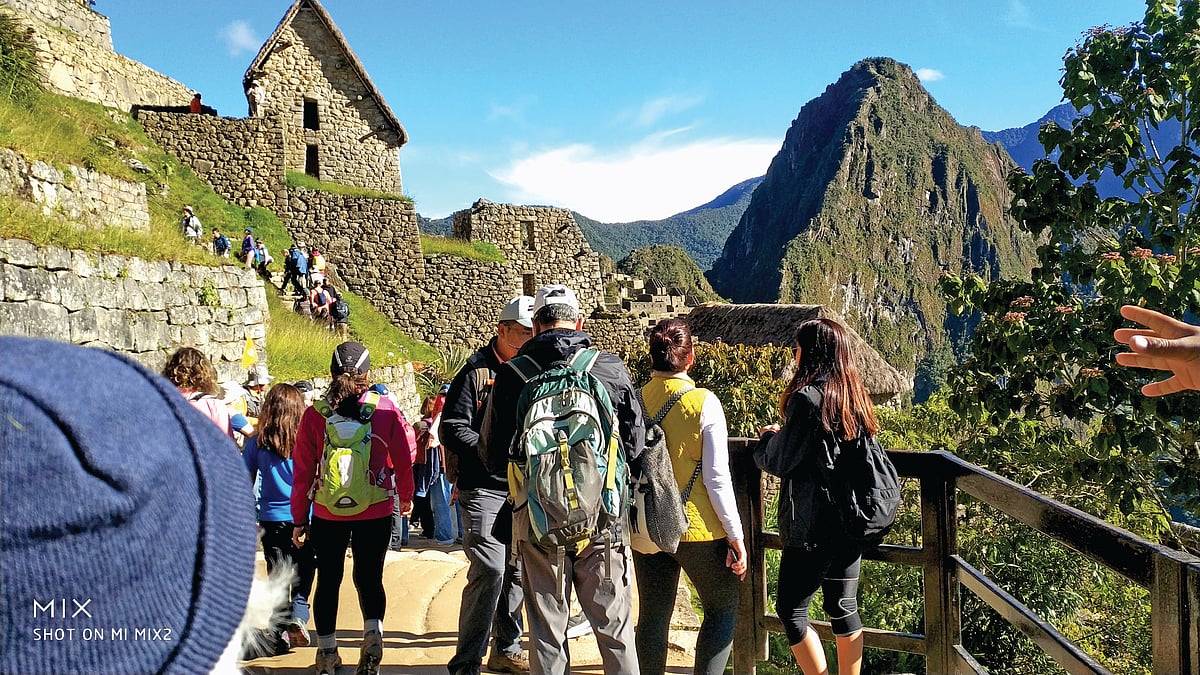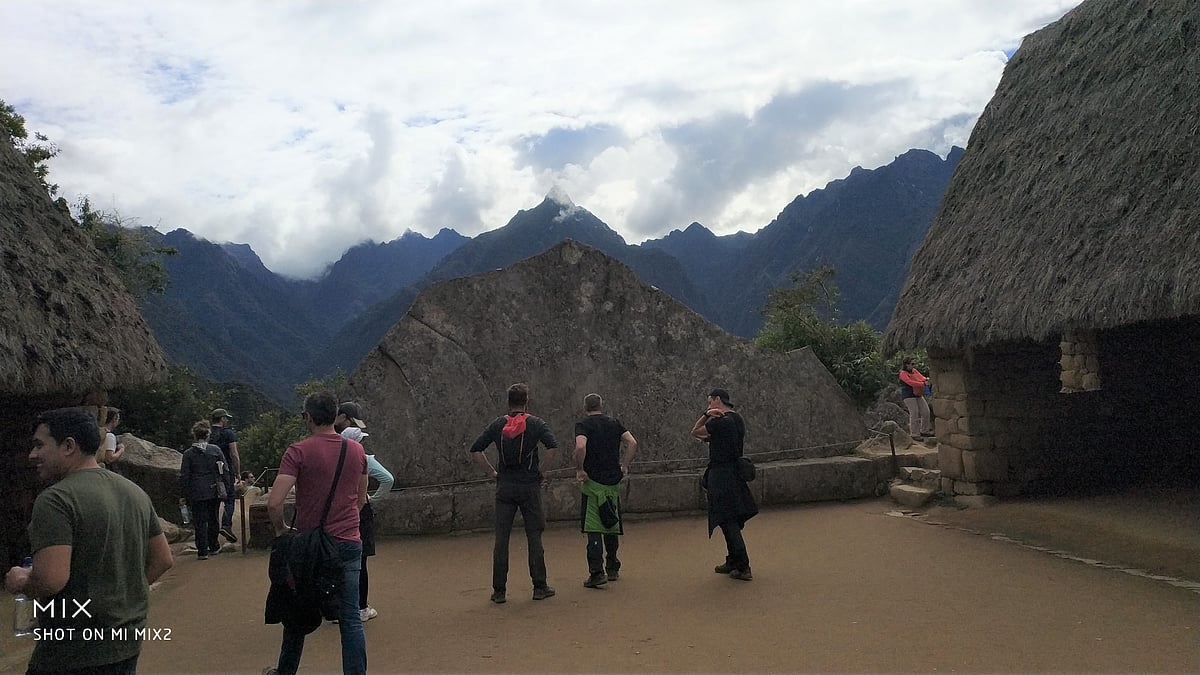An Indian doctor’s travel blog from The lost city of Machu Pichhu in Peru
Machu Pichhu remains an enigma, with a certain mystique around it. And in the absence of clear answers, visitors are left exploring the myths and folklores
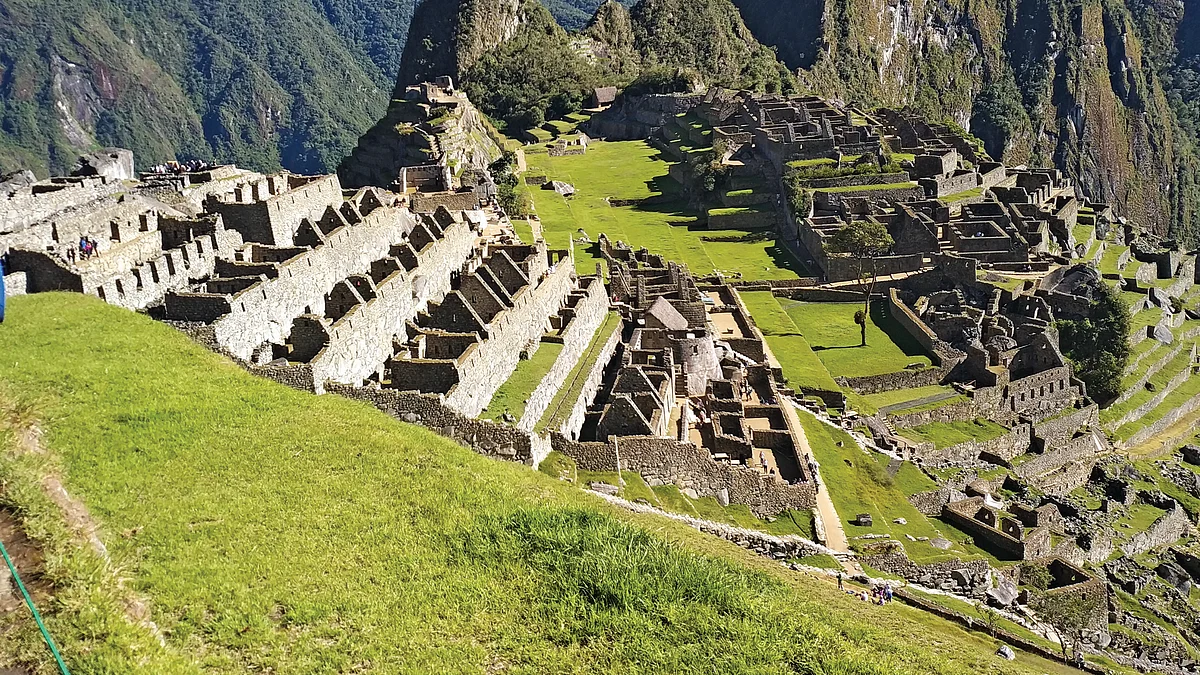
Machu Pichhu was neither the capital of the Inca Empire, nor the largest of the Inca settlements. Still, it remains one of the most visited archaeological sites in the world. It is one of the seven modern wonders of the world and the most regulated tourist attraction.
Machu Pichhu remains an enigma, with a certain mystique around it. And in the absence of clear answers, visitors are left exploring the myths and folklores.
The lost city was forgotten for centuries before it was rediscovered in 1911. Angkor Wat was another such ancient archaeological marvel that was forgotten around the same time and rediscovered centuries later. It is a strange coincidence that the two lost cities should occupy two diametrically opposite points on the globe.
We reached Cusco by bus having got fully acclimatised during the journey from Arequipa via Puno. Cusco, the gateway to this lost citadel of Incas, is at the northernmost part of the Andean Plateau, where the plateau starts gradually sloping towards the Amazon forests at an altitude of around 11,000 feet.
The Cusco old town is in itself is a delight to the senses. From being the capital of Incas to a large Spanish colonial settlement to its present importance of being the most visited city in Peru, it is a place swarmed by tourists, especially between April and September.
It has narrow cobbled streets, making most of the roads necessarily one way. Unlike Lima, the traffic is orderly and disciplined. So are the people, perhaps because of strict policing. Having travelled far and wide, without the slightest hesitation, I would rate Cusco police the highest in terms of their smartness and turn out. The policemen, and certainly the women, are head turners in Cusco.
There are historical sites and museums to visit in and around the city that can take the better part of the day. The evenings in Cusco, however, mean one of the two great plazas: de Aramas and de San Francisco.
Cusco city looks like a puma from the sky. The two plazas occupy the place between the legs of puma. They give an appearance of grandeur and have churches, town hall, shops, restaurants, coffee shops and bars to add to their glamour.
We had a dinner of the Peruvian signature delicacy Caviche. It is a fish preparation, tendering it by a long marination with citrus juice, salt, chillies and other herbs. With mashed potato on the side and a glass of wine, it was a dinner to remember.
Roberto, our driver-cum-guide for the sacred valley was a young and smart Andean. He spoke English with a generous mix of Spanish. Occasions of minor language barrier were overcome either by rephrasing or by a light banter. He knew the sacred valley like the back of his hand and took short cuts through unmarked roads or even dirt tracks, at times to the point of our scare and apprehension.
The ‘sacred valley’ is full of Inca ruins. Spaniards, to display their power and dominance during the conquest, destroyed every single Inca structure of significance. But even the ruins that remain speak volumes of the architectural might of the Incas.
At a place called Morey, there are abandoned colonial workers’ quarters from the Spanish era. They stand in stark contrast with the otherwise grand display of the Spanish architectural splendour visible everywhere in Peruvian cities.
At this altitude also, Incas grew food that was surplus to their requirement. They made terraces on the hill slopes, brought soil from more fertile parts in the lower reaches and made a drainage system.
At Moray there is an Inca crop laboratory. There are descending elliptical terraces down almost to a well like bottom. With wind direction, sun and titrated watering, they created different temperature and humidity conditions to carry out experiments on best farming practices and choice of seeds for adoption in the entire empire. An empire that was the largest in the world during its time.
Half an hour away is Maras Salines (salt farms). Hundreds of terraced farms, all less than 15-20 feet in size, occupy an entire hill slope. The silvery white salt breaks the monotony of green and brown mountains at this great height.
Going closer I found one small stream flowing out of the hill side. The water tastes uncomfortably salty with 35% salt concentration (sea water has around 25%). The stream passes through the salt rocks in the mountains before emerging. It has been there since pre-Incan days. The water is fed into the salt pans through tiny channels to evaporate and become salt. It has become a tourist attraction with a sizeable number of vendors selling salt souvenir to a crowd of curios visitors.
At a fold in the mountain at Salines stood a solo Peruvian playing Zampona. Zamponas (a type of Pan Flute) are ubiquitous in the Andes. The morning sunlight fell on his face that had bliss written large on it, as he played the instrument with semi open eyes, as if in a trance, through the chill of Andean wind that carried the melody to resonate with the hill on both sides. It cast on us a spell that one wished to last forever. Zampona music is melodious any way but this particular melody of the solo player in the Maras Salines on the Andean slope haunts us still, months after we returned.
Roberto dropped us at Ollanto station with enough time to enjoy an unhurried lunch. Lunch at Ollanto Peru Rail restaurant was a fine dining experience at a place least expected.
It was a lazy lunch consisting of alpaca meat and rice served in great style right by the rail side on the idyllic hills under the light haze of the clouds. Alpaca is an animal from the Llama family and is reared in the higher reaches of the mountains for its fur and for the table. Alpaca wool is a Peruvian souvenir and Alpaca meat a delight for the palate.
Our train departed on the dot. Peru Rail deserved commendation for its operational efficiency, cleanliness and service. The turnaround time including disembarkation, cleaning, exchange of catering trolleys, check in and boarding took just fifteen minutes. The train wound its way down along the meandering Urubamba River. The large panoramic windows in the train offered an unhindered view of the white water rushing through the tall pristine mountains till one arrived at Agua Calientes.
The railway station is called Machu Pichhu but Machu Pichhu is five kilometres further. One can either walk or take a bus ride. The buses are access controlled for the entrance ticket holders only. The bus ticket can only be procured on production of a passport linked to the entrance ticket. With a hourly/daily limit on the number of entrance tickets issued, they need to be purchased well in advance.
Aguas Calientes for Machu Pichhu is what Katra is for Vaishno Devi in India. Morning sees everyone heading towards the bus for the citadel. It takes an hour of waiting despite the efficient queue management system. The bus climbed up on the winding road uphill though lush green mountain till one lost the bearings completely. No wonder the Spaniards never found it.
Those who take the Inca trail to the monument arrive from the eastern side for the traveller to reach early in the morning to get a panoramic spectacle of the first golden rays of the Sun falling over Machu Pichhu.
Those arriving by the usual train-bus combination, reach from the other side. The early birds can watch the beauty of the Sun clearing the peaks, light beginning to cross over the ruins. It is a magical sight to be treasured for life. The sight of Machu Pichhu itself is magical any time and from any angle. No wonder, a million people come every year from all over for a glimpse of their lifetime.
A guide is very helpful here as individual sites have no signage. Our guide Jose has lots of stories to tell: of human sacrifice, buried treasures, mummies at the site and so on. Incas had no script and Spaniards never knew of the existence of Machu Pichhu. In the absence of any record therefore, facts get mired in imaginative folklore.
The Sun was the ultimate object of worship for the Incas. The most prominent of the ruins is naturally the Sun temple. There were special ceremonies on special occasions. The greatest such occasion was winter solstice (June 21) in Machu Picchu. On these occasions the King and all the Royals would travel from Cusco to Machu Pichhu.
In Inca times, winter solstice was known as Inti Raymi or the Festival of the Sun. In Machu Picchu at dawn, when the very first light rises over the distant mountains, it shines through one of the two windows of the Temple of the Sun and illuminates the ceremonial stone within. This moment was the most auspicious. The second window was for the sun’s rays on summer solstice (Dec 23). Condors had a special significance in Inca culture. They were to take the dead souls to the heaven. No wonder there is a temple of the condor. Close by is Intihuatana – A stone working as a sun dial. There is a huge statue of a mountain, a replica of one on the horizon.
At this point Jose draws similarities between Indians and Andeans. Like us Indians, theirs was also a culture that worshiped every element of nature: sun, mountains, birds, water and mother earth.
Incas were master craftsmen of architecture. Without the use of metal tools, without the wheels to lug the stones and without any beast of burden, they created the magic in granite without mortar that has withstood the elements for centuries on this seismically active site of a geological fault line.
The stones were cut and fitted to such precision that precludes insertion even of a coin into the joints. The finest example of masonry is visible in the temples followed by royal abodes and in further descending order along the social hierarchy.
To have created this marvel, to have done innovative terrace farming in a scientific manner, to have planned and built a city with an admirable drainage system and to have run an empire without a wheel, without a metal tool, without a script; the Incas must have been definitely in receipt of a divine blessing from none other than Sun itself.
As our bus takes the first turn on its journey back, everyone cranes his neck backwards through the glass windows to get a last glimpse of Machu Pichhu — a dream destination of travellers worldwide.
Follow us on: Facebook, Twitter, Google News, Instagram
Join our official telegram channel (@nationalherald) and stay updated with the latest headlines
Published: 01 Dec 2019, 8:00 AM

